As we age, everyday tasks that once seemed simple can become increasingly challenging. For many elderly individuals, mobility issues can make moving around the home, bathing, or even navigating stairs daunting and dangerous. As someone who worked as a carer for the elderly, I have seen first hand the implications of having an inaccessible home. From patients slipping in the bath, to falling down the stairs, when a nurse isn’t home, major incidents can occur. Even cooking a meal can have consequences, with a higher risk of burns from hot stovetops, ovens, or boiling liquids. As a carer, I looked after patients in their homes, rather than in a nursing home. Patients said that they preferred to stay home, where they felt comfortable. After all, for some of the seniors, they had lived there from childhood. The nursing company would go to seniors homes, and make it ‘more accessible’. From administering medication, helping with groceries, getting them dressed, or even just for some company, it offered a range of services. Some of the best mobility aids we used included stair lifts, a mobile hoist, walk in baths, and grab rails. These advancements in accessible living solutions made it possible for the seniors to reclaim their freedom and independence within their own homes.
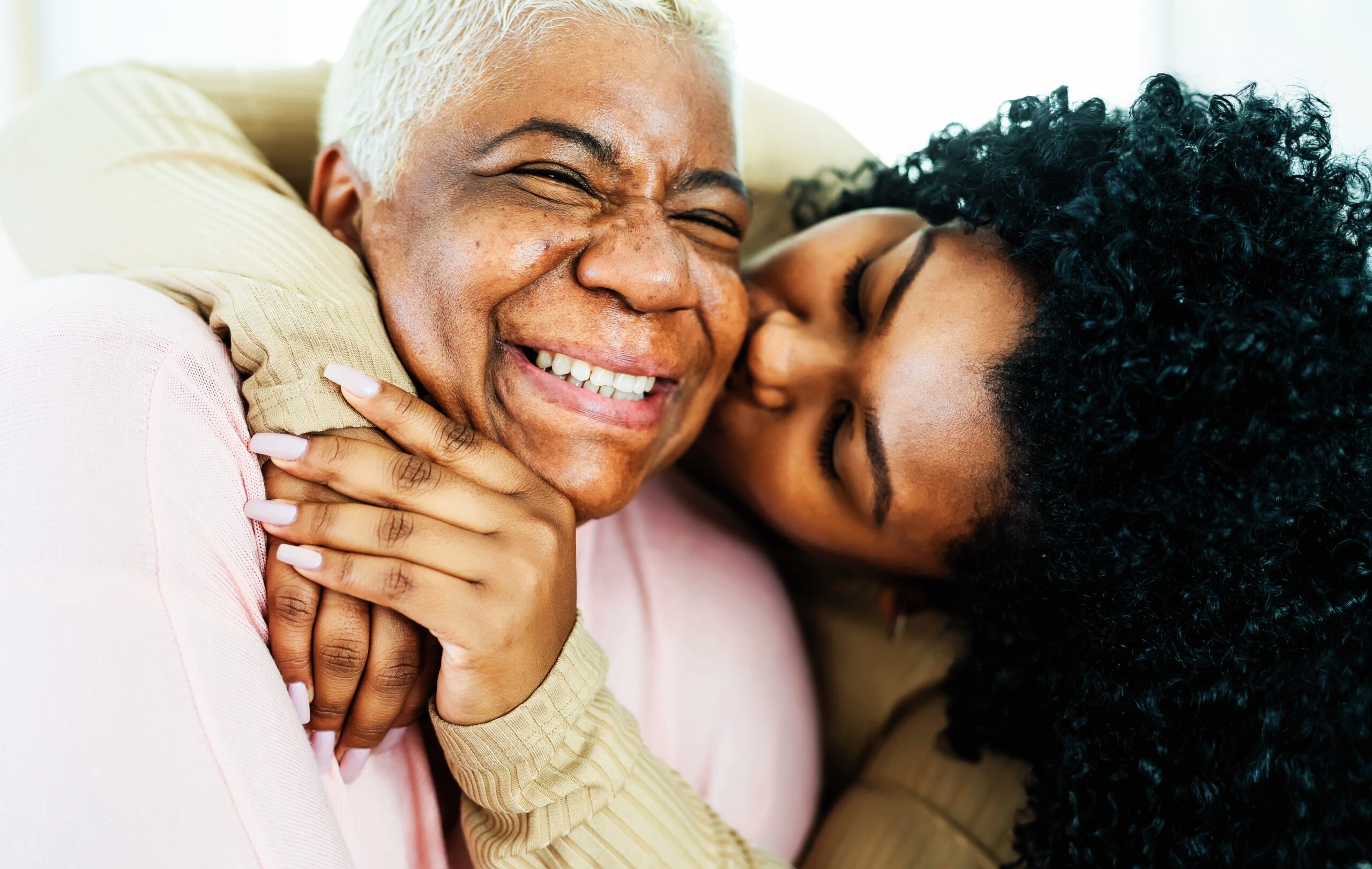
However, accessible living isn’t just about making physical adjustments to someone’s home. I’ll never forget the look on an elderly patient’s face, when his home was equipped with a stair lift. Tears sprang from his eyes with gratitude, his mouth quivering with a smile. Because it wasn’t just a stair lift. It was about restoring dignity, independence and control over his life once more. Where he hadn’t been able to go upstairs for so long, reunited with his wife once more. A shrine to her memory, photo books, and frames engraved with their names. It was so special seeing him get to be close to his wife who had passed several years before. Though his family had initially wanted him to go into a nursing home, the thought of mocing to an assisted living facility felt daunting. Here, with the right modifications and tools, he was able to live comfortably. Maintaining privacy and autonomy at home. Though every patient was different, the majority was grateful for accessible living solutions. After all, age-related declines in mobility, strength, and balance made the seniors more prone to accidents like falls. Living modifications such as non-slip flooring, widened doorways, and ramps, meant individuals could move safely at home.
So what are the best mobility aids for an accessible home?
From stair lifts, to grab bars, and shower chairs, here are home aids for the bathroom, kitchen, living room, garden, and bedroom.
The Best Bathroom Mobility Aids
Walk In Baths
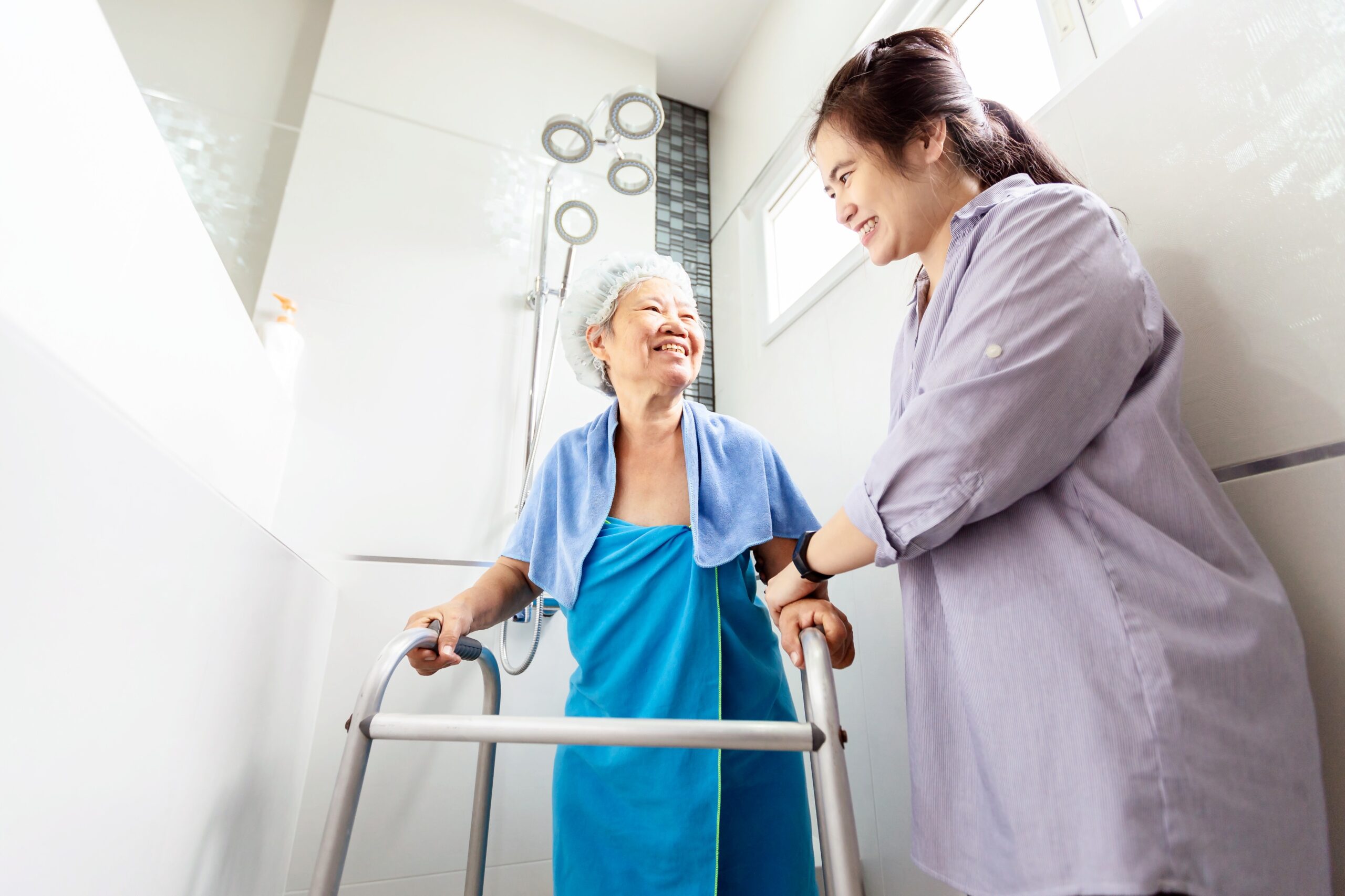
No matter what age you are, the thought of a bubble bath and a good book is uplifting. However, for seniors it can be difficult getting in and out of the bath. A traditional bath requires stepping over a high edge, which can be challenging for seniors and disabled people who have reduced strength, balance or flexibility. The tub and bathroom floor can also become slippery, increasing the risk of falls. That’s why accessible bathing products like a walk in bath uk, make it easier for seniors to reclaim independence in their bathroom. A walk in bath means easy access, with simple low-threshold doors to step in and out with ease. Many walk in baths also have anti-slip flooring, built-in-seating and grab bars, reducing slips and falls. However, there are also therapeutic benefits too. Some baths have jets, or heated surfaces that can alleviate pain from arthritis, poor circulation and other mobility issues.
Shower Chair
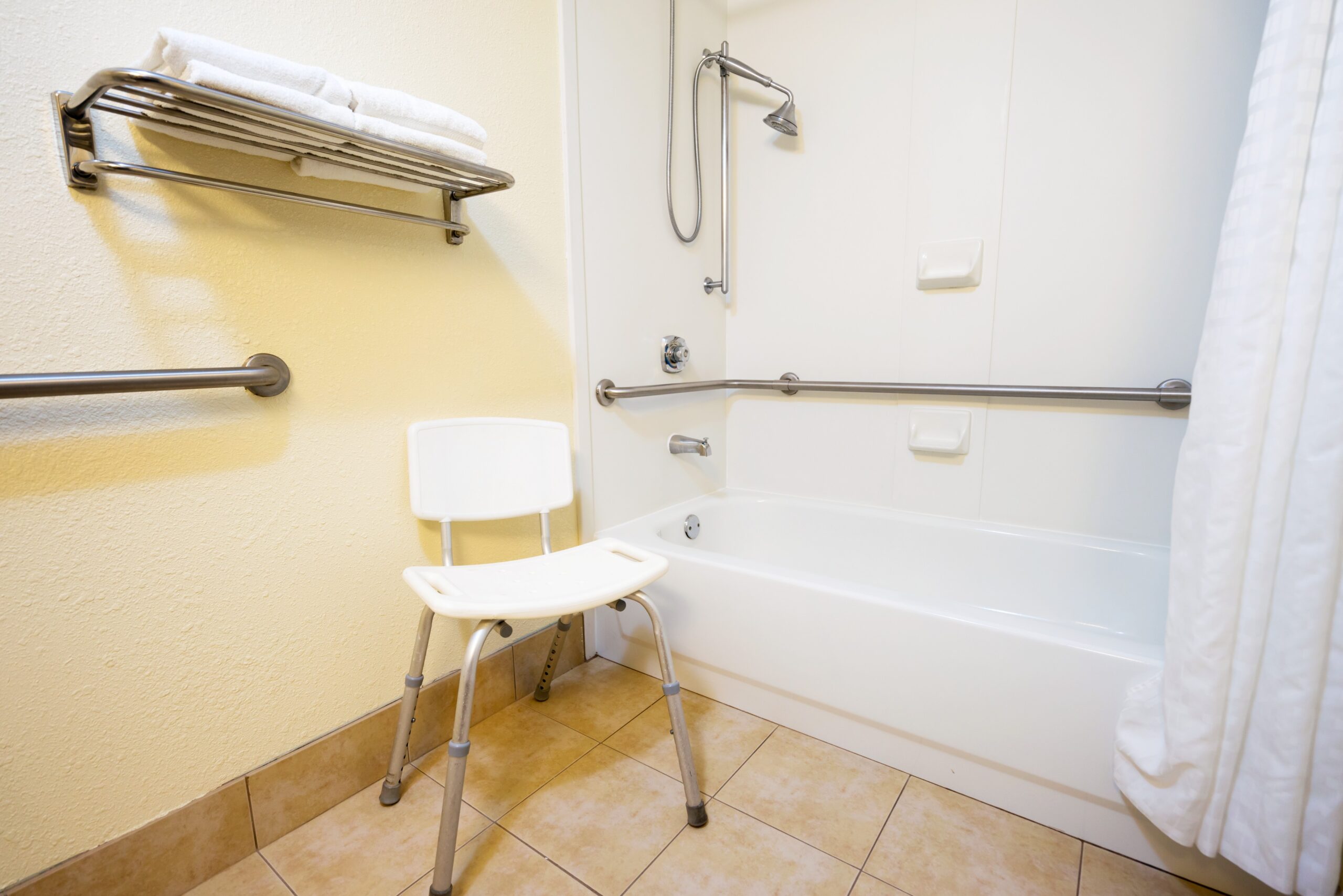
I know I keep saying it, but the best mobility aids are about reducing the risk of slipping or falling. A shower chair provides a safe and stable seating option. It takes the fear out of showering, and puts the enjoyment back into self-care for the elderly and disabled. It is an ideal accessible option for those who have difficulty standing for long periods, or areat risk of falls. It also makes showering more comfortable for those with limited mobility. There are standard shower chairs, foldable models or those with backrests and armrests for added comfort. I had a patient with a shower chair, which made it easier for us to help wash them. More importantly, they felt more at ease.
Toliet Safety Frames
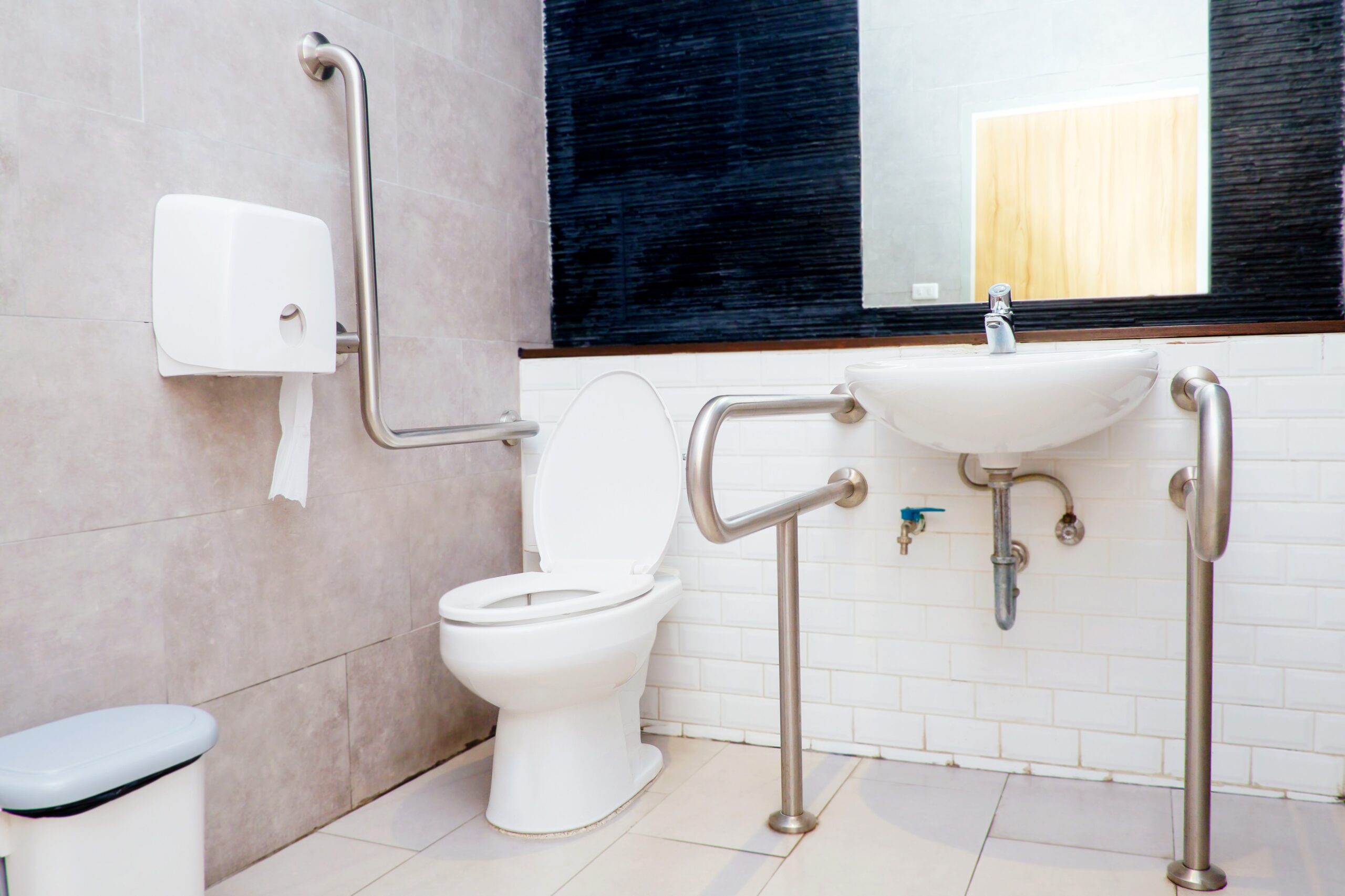
When it comes to the best mobility aids, toliet safety frames are often overlooked. However, I think they are a must for every senior’s bathroom. They offer sturdy handrails on either side of the toliet, providing crucial support when sitting down or standing up. This is especially helpful for those with weak muscles, balance issues or joint pain. My biggest takeaway? The whole point of a mobility aid is to increase independence and reclaim freedom. Many seniors that I looked after preferred to handle their personal hygeine without assistance. A safety frame allowed them to use the toliet on their own, without help from a caregiver or familly.
Grab Bars
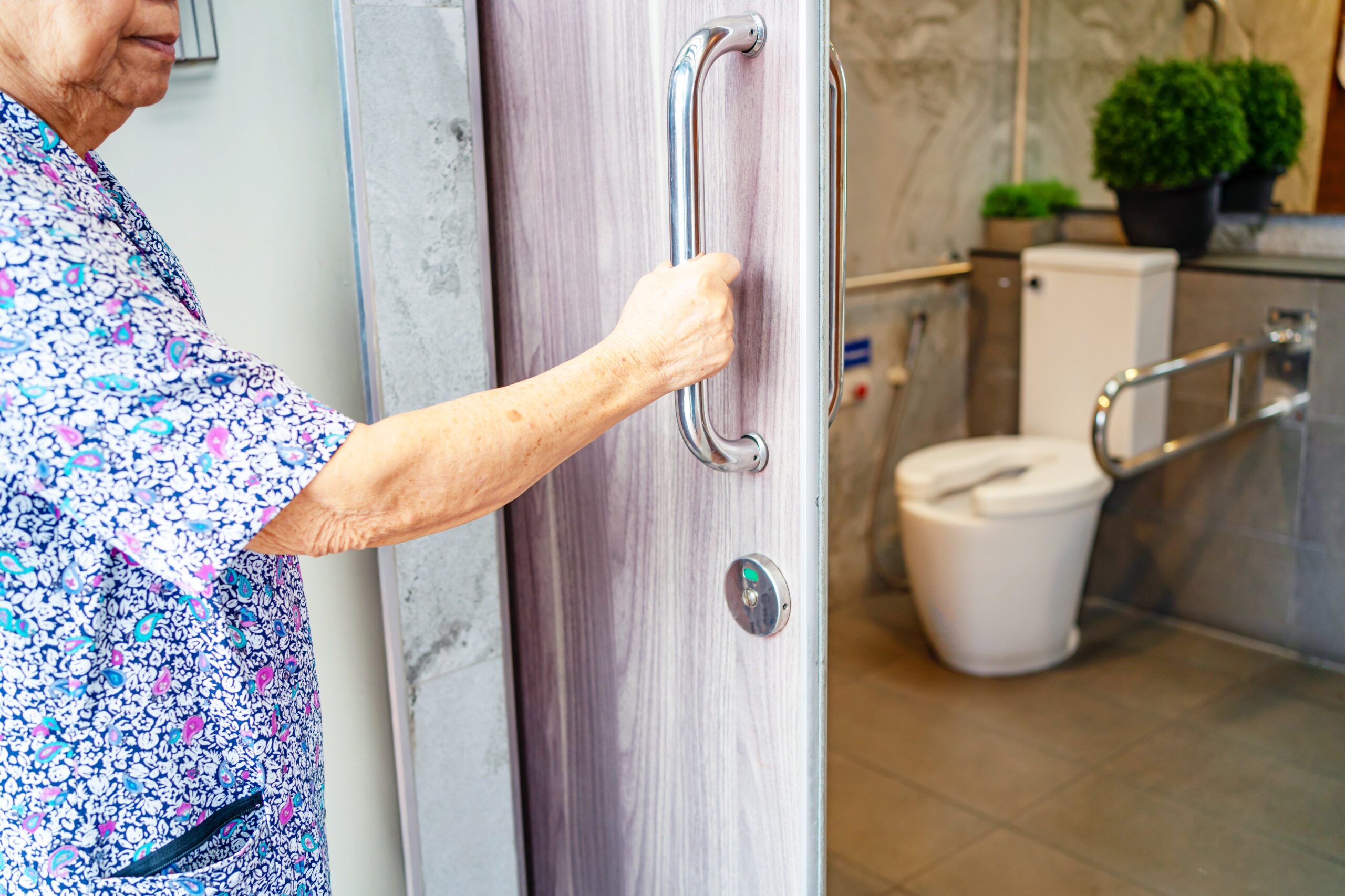
Grab bars are often used in bathrooms, such as near bathtubs or showers, to help people get in and out of the tub or maintain balance while bathing. They can also be installed on the wall or ceiling to help people navigate rooms and facilities. Common types include hinged grab bars (used in commercial bathrooms), rear wall grab bars, and fluted grab bars. Some of the elderly I looked after, had balance issues, dizziness or vertigo. Others had Parkinsons, Dementia, or Alzheimers, making them more likely to lose their footing. The grab rail prevented misssteps, offered support with their balance and increased confidence in their home.
The Best Kitchen Aids
Ergonomic Utensils
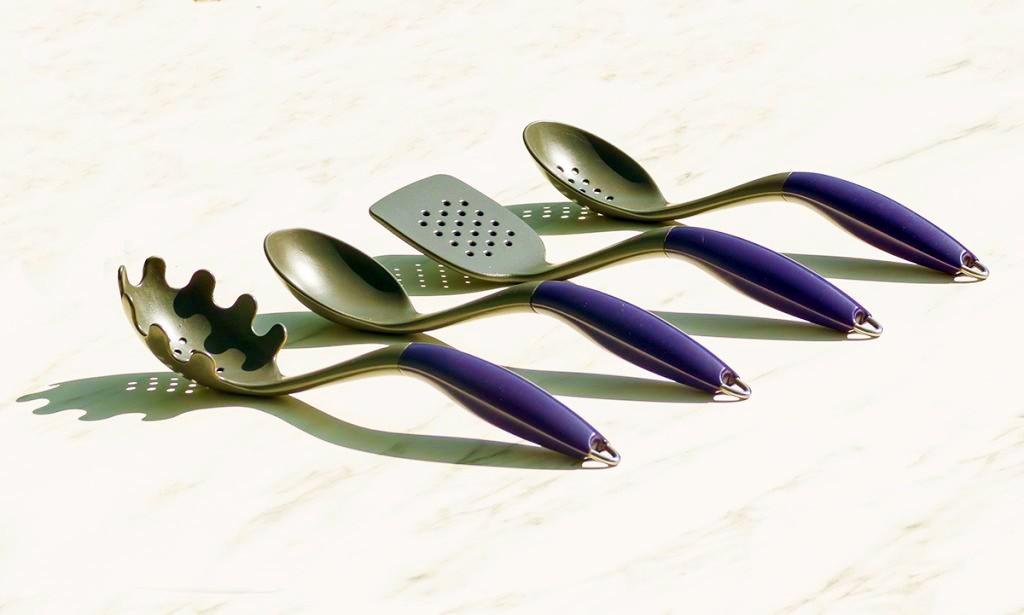
Photo Credit @eyrautensils
The kitchen can present various challenges for seniors, especially those with limited mobility, arthritis, or cognitive decline. To make meal preparation easier and safer, kitchen aids designed specifically for seniors can be incredibly helpful. Ergonomic utensils are specially designed kitchen tools that focus on comfort, ease of use, and efficiency. They are shaped to fit the natural contours of the hand and often incorporate features that make them easier to grip, manipulate, and control. Examples include adaptive knives with soft, cushioned handles that reduce pressure on the fingers. They are one of the best mobility aids for the kitchen as they create autonomy in food preperation. Other kitchen tools include spoons, forks, peelers, and cooking gadges that reduce strain when cooking.
Non-Slip Cutting Boards
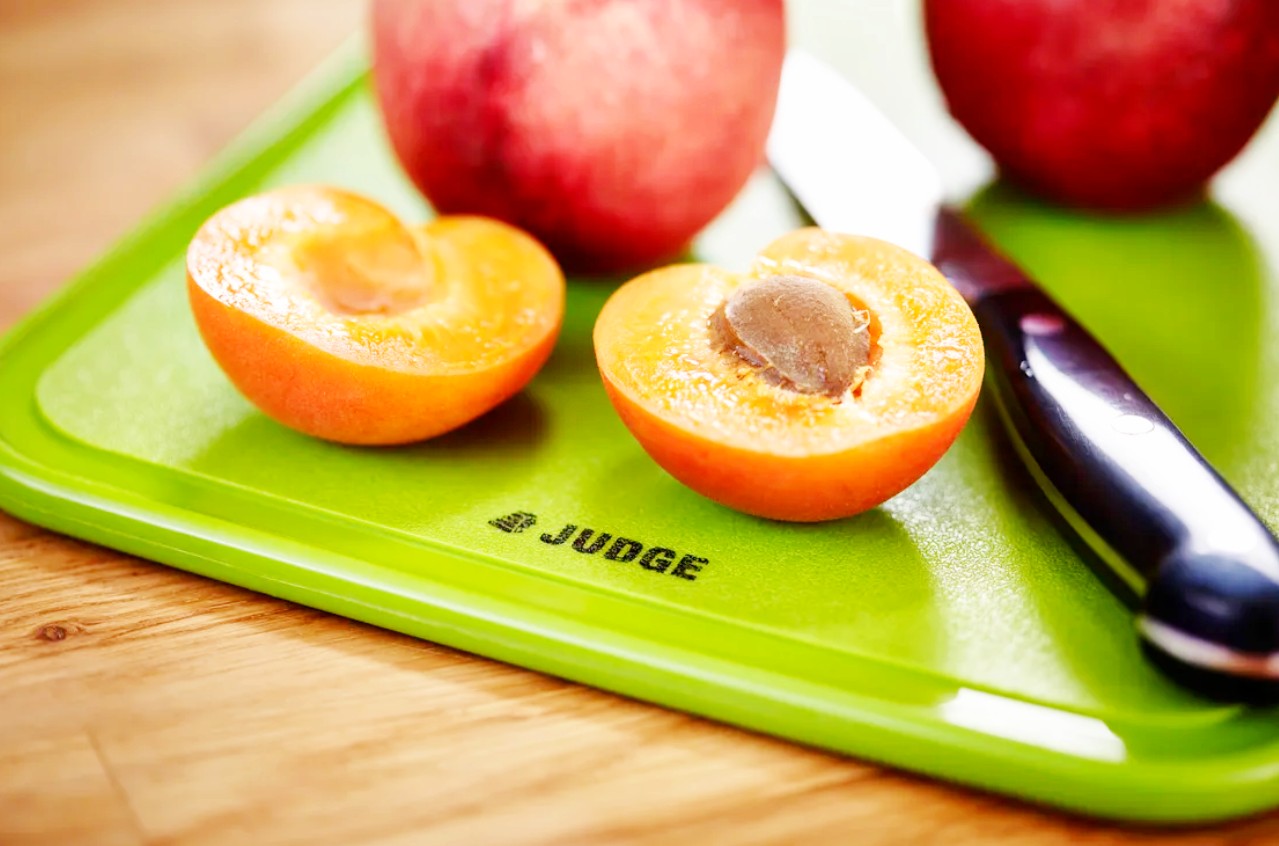
Photo Credit @austinsuk
Many of the seniors that I nursed used to love cooking. However, with age and reduced mobility, they found they were scared to cook again. One of the most common cooking aids were non-slip cutting boards. Many seniors found that the rubberized edges kept the board firmly in place while chopping or slicing. The board would reduce the risk of accidents and injuries, including cuts and falls. Because the board would remain stationairy, it allowed them to focus on the chopping without exerting extra force. Although Seniors often struggle with grip strength and dexterity, they found they could chop, slice and prepare food with more confidence. This encouraged them to prep their meals, while promoting healthy eating and independence.
Stove Knob Safety Covers
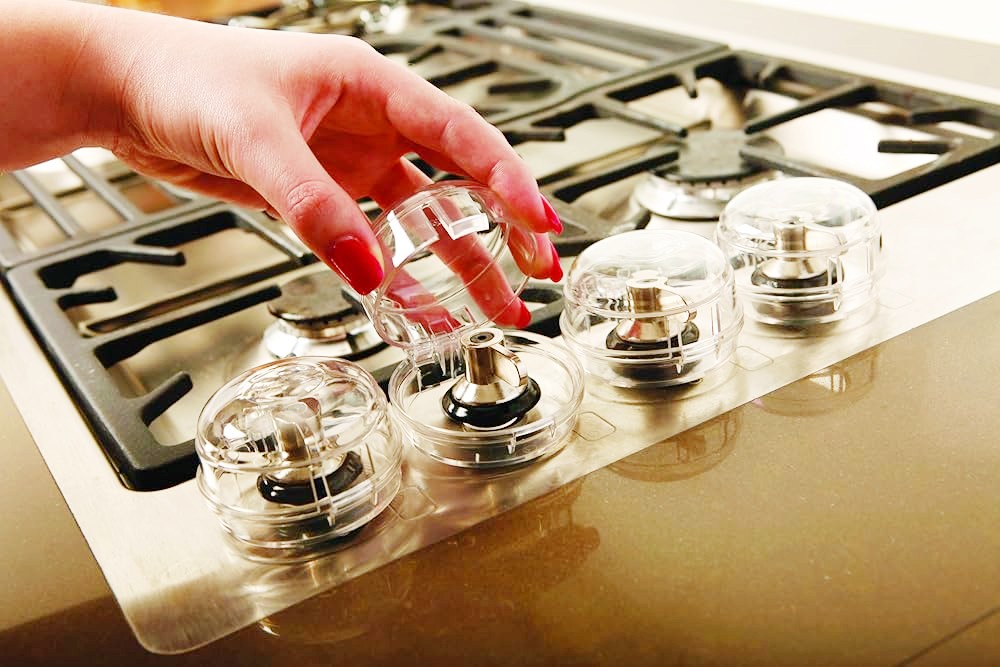
Photo Credit @amazonuk
It goes without saying that a stove knob safety cover reduces fire risks. Seniors, particularly those with cognitive decline or memory issues, may forget whether they have turned off the stove. Safety covers provide an added layer of security, reducing the risk of cooking accidents. It also safeguards against burns and scalds. As well as making the senior more confident, it also gives peace of mind to caregivers and loved ones too. I didn’t see this as a common aid in the kitchen, but I would highly reccomend it. Even for parents with young children, it is a great way of protecting the kitchen and your loved ones too. Versatile, easy to fit and durable, it is worth every penny.
Anti-Fatigue Mats
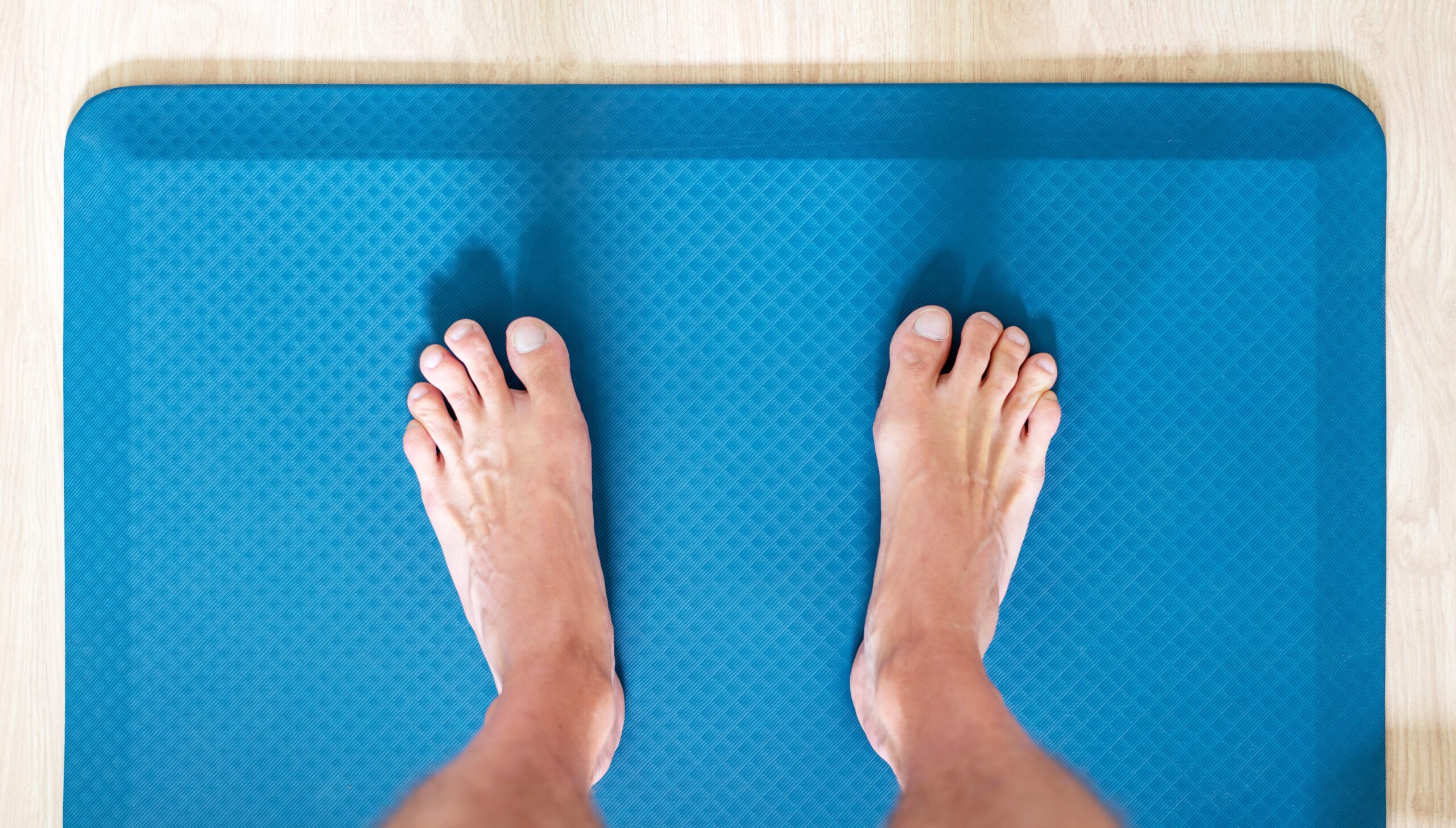
No kitchen should be complete without an anti-fatigue mat. Why? Easy to clean and maintain, these mats provide cushioning and support for individuals who stand for extended periods. This support helps improve a person’s physical and mental health. Not only does it reduce pressure on the feet, legs and lower back, but it can also improve balance and stability. One of the biggest stand outs I found, is how it encouraged low-impact subtle movements of the legs and feet while standing. It promoted blood circulation, and would reduce swelling in the feet and legs. With less strain on the joints, it meant that the elderly could stand or move around for longer, boosting their confidence.
Bedroom Hacks For Accessible Living
Bedside Commodes
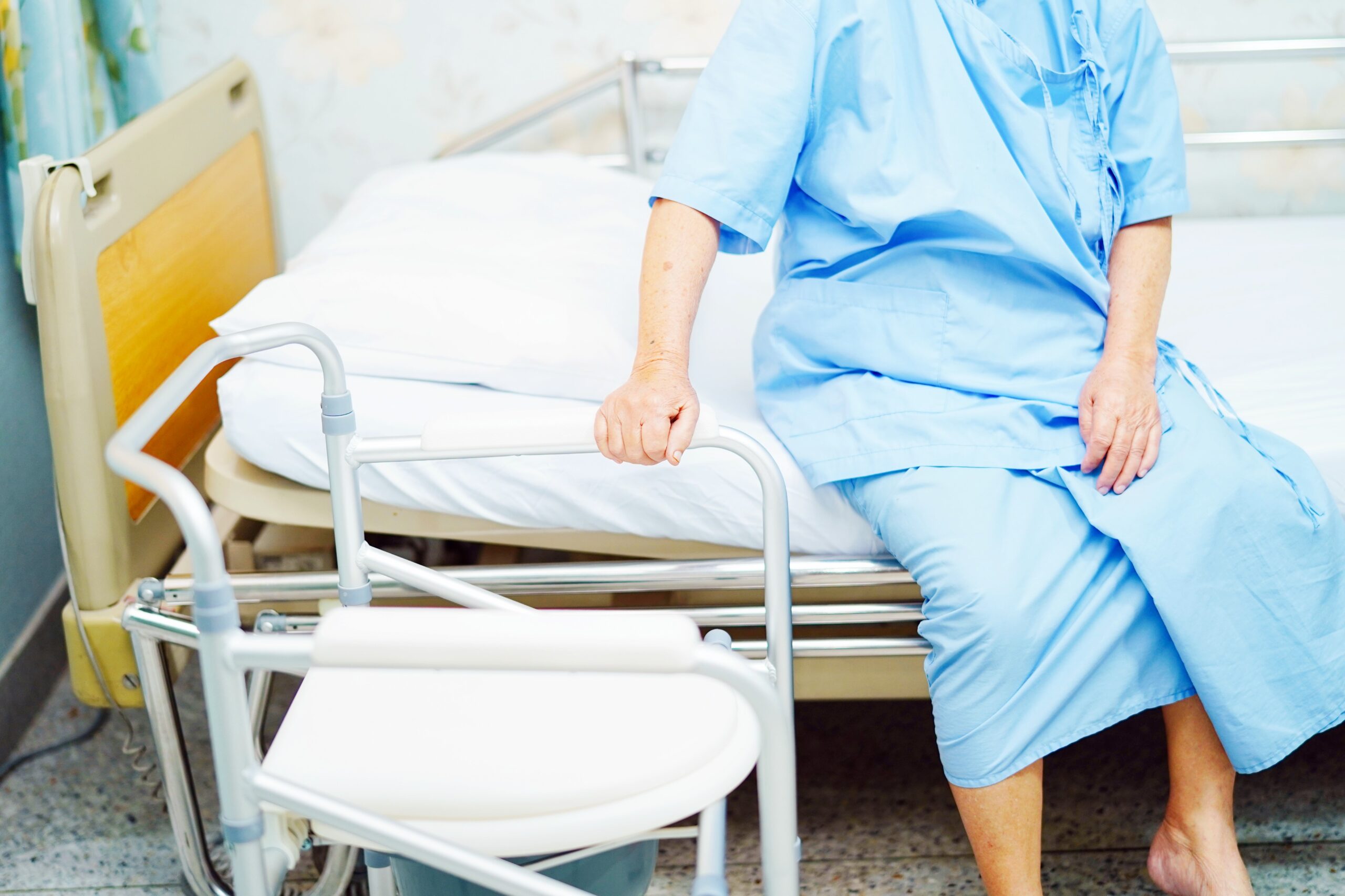
Creating a safe and accessible bedroom environment for seniors is crucial for promoting independence and preventing accidents. As a nurse I found that a portable toliet solution worked wonders for seniors. Positioned close to their beds, it eliminated the need for the elderly to navigate potentially hazardous paths to the bathroom, particularly during the night when visibility may be low. They were able to manage their toliet needs independently, and reduced their anxiety about going to the bathroom. With many of the commodes being height-adjustable, it allowed them to accomodate different needs and preferences. Easy to clean and use, it was a hygenic toliet solution for seniors at home.
Stair Lifts
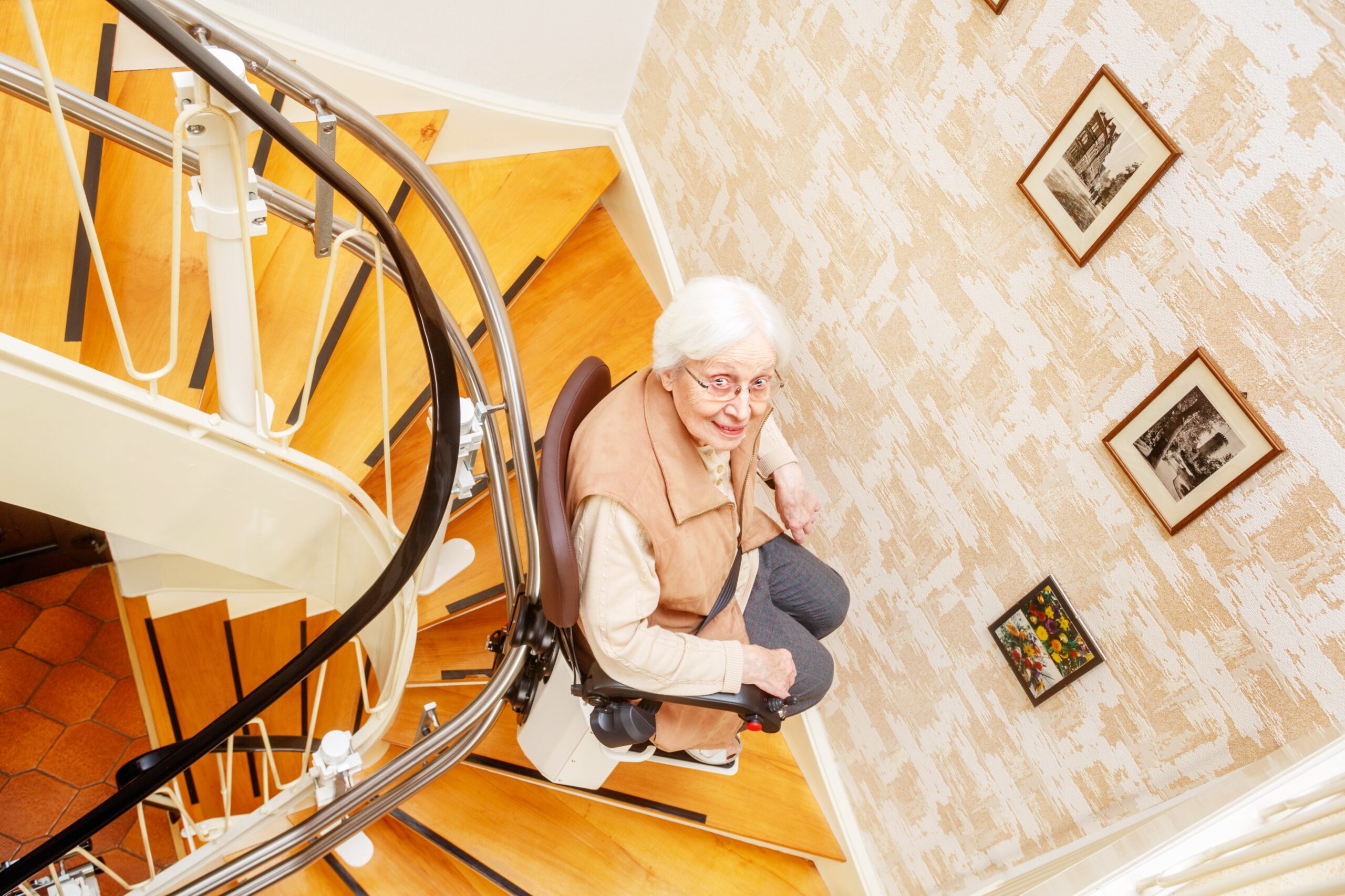
If a senior lives in a place with stairs, then a lift should be at the top of their priority list. One of the best mobility aids, it helps people with physical impairments get upstairs. I mentioned the senior who was able to pay tribute to his wife once more. It reminded me of another patient that I looked after. She was a widow, who lived in a gorgeous 4 bedroom house. Sadly, she had not only lost her partner, but two of her kids had sadly passed away too. Their bedrooms were still untouched, as though they lived there. She would take the stair lift everyday, and spend some time in silence reflecting on the memories they shared. I’d make her a cup of tea, and she would tell me some beautiful stories about her life. I know it sounds simple, but that stair lift was more than just a mobility aid. It helped her be close to her loved ones again. It allowed her to navigate between different levels of her home without assistance. Most of all, it was easy to use with a remote control for added convenience.
Bed Wedge
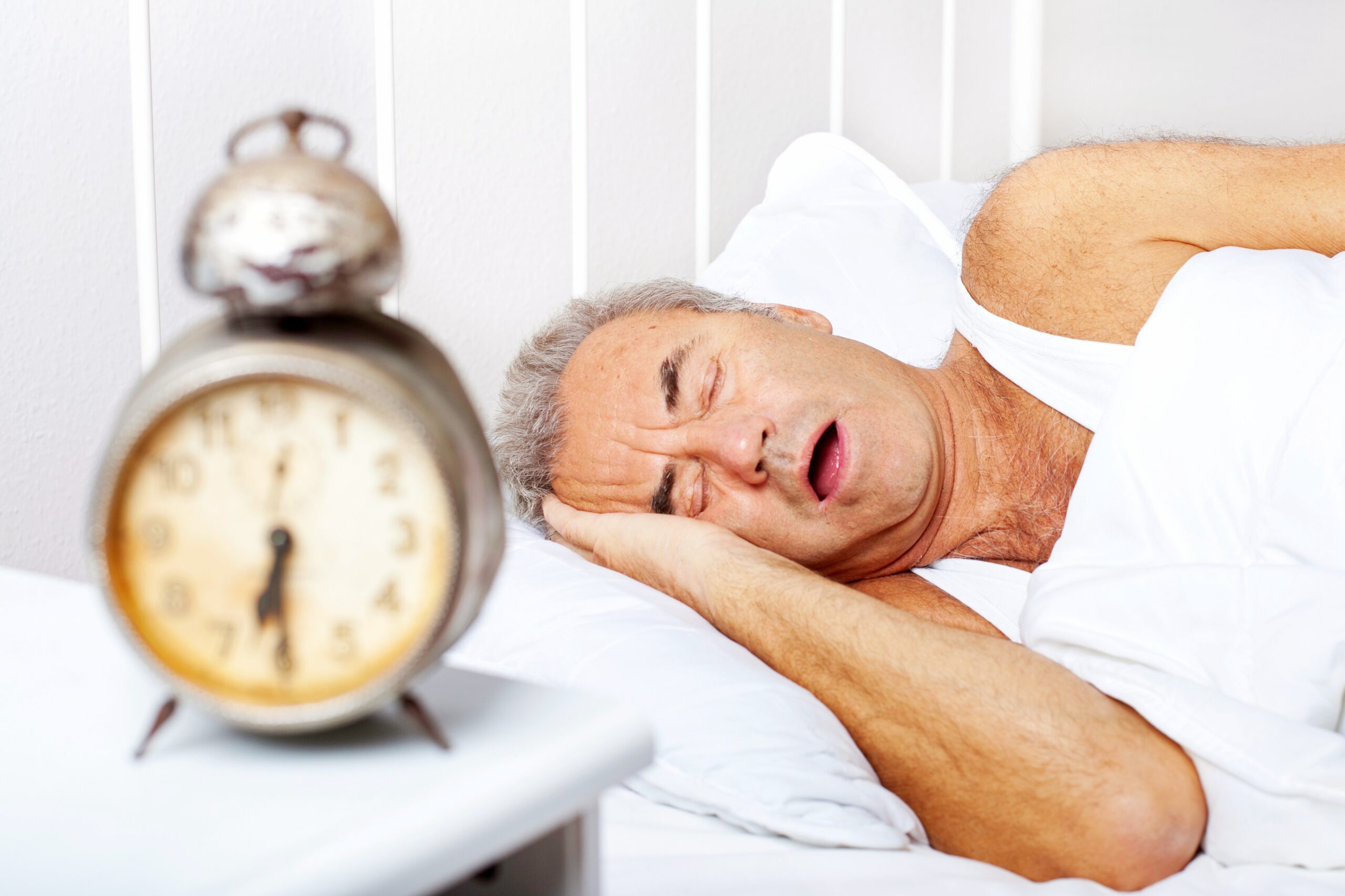
A wedge pillow is not just suitable for seniors. It is great for those who have physical disabilities, or health conditions such as acid reflux. A triangular shaped pillow, it helps support the head, neck, and back, promoting better alignment and comfort during sleep or rest. As someone who has chronic back pain, and health issues related to the stomach and bowels, I have found a bed wedge incredibly useful. It reduces discomfort and pain, prevents heartburn and supports digestive health. For seniors it can help improve airflow and reduce symptoms related to respiratory conditions such as sleep apnea. If the senior has digestive issues, elevating the upper body can help prevent stomach acid from flowing back into the esophagus. Whether you use it under the head for sleeping, under the knees or on the floor, a bed wedge can change a senior’s life.
Garden Aids For Better Health
Wheelchair Accessible Garden Paths
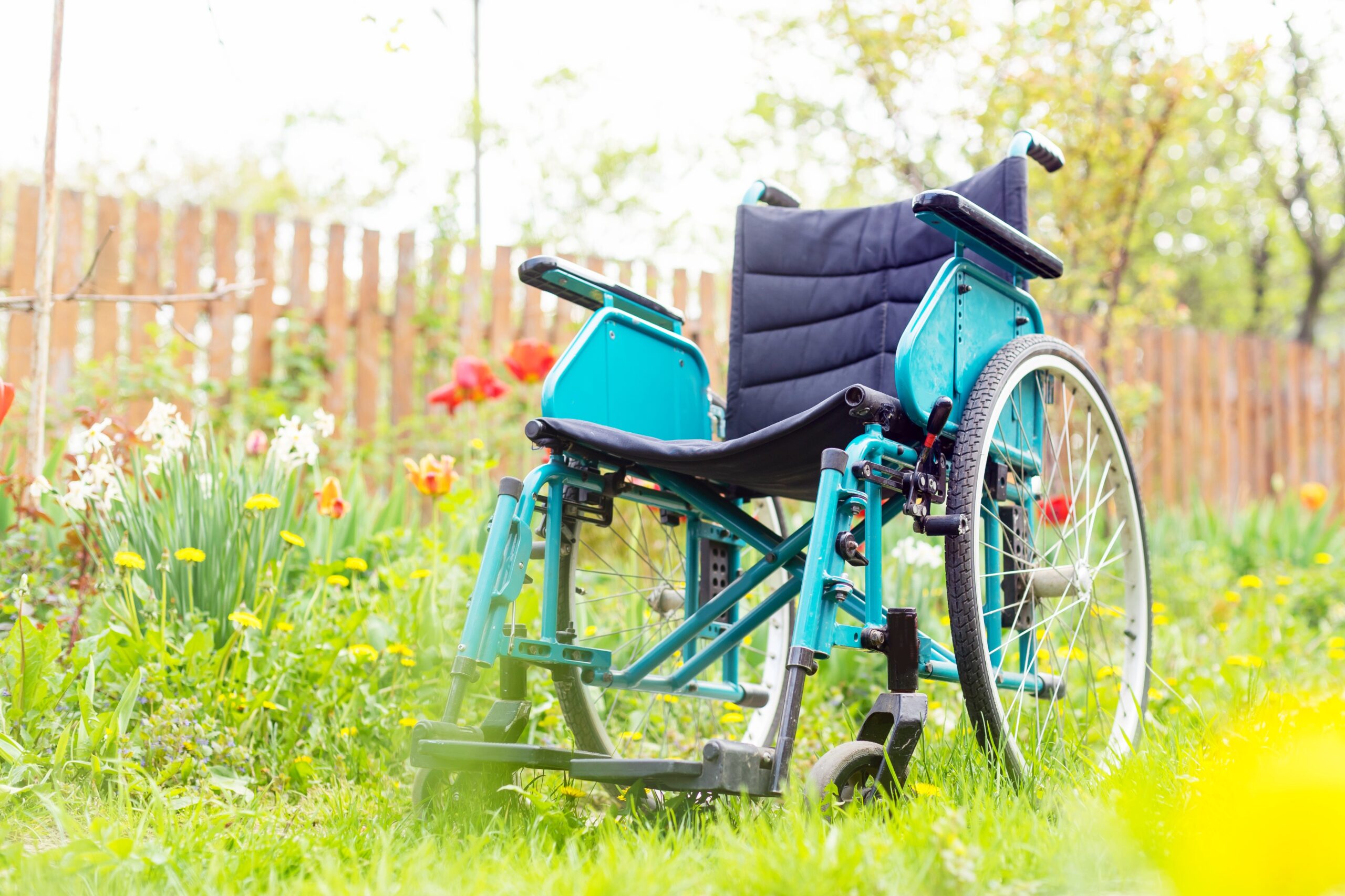
Gardening can be a rewarding and therapeutic activity for seniors, but it can also pose challenges due to mobility issues. That’s why I have found the best mobility aids to use in the garden. After all, mobility isn’t limited to just being inside. Many seniors use wheelchairs, canes, or mobility scooters, so need a garden that is accessible. It is important that you create wide pathways that are at least 36 to 48 inches wide to accomodate mobility devices comfortably. Make sure you use smooth and stable materials like concrete, compacted gravel or paving stones, to prevent any tripping hazards. I have been in gardens where there are uneven surfaces, with obstacles like tree roots and rocks. By eliminating these concerns, the seniors have a more comfortable experience in their garden.
Long Handled Tools
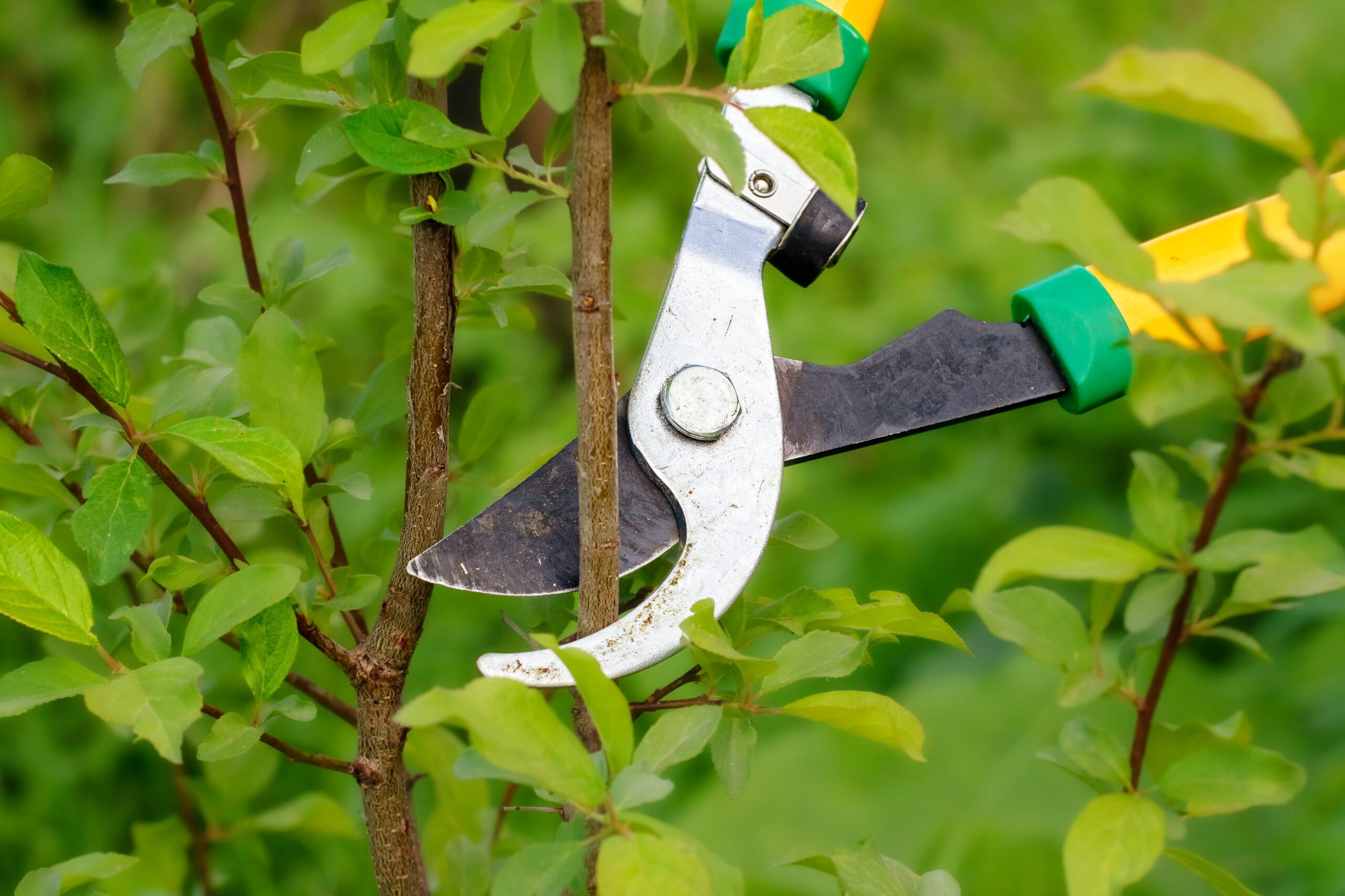
Long-handled tools allow seniors to reach plants and weeds without bending over, minimizing strain on the back and joints. I remember my foster Grandma, whose garden was like something out of a fairytale. A large Koi fish pond nestled with slatted stones. Lush green grass, and swaying trees. Birds that gulped seeds down hungrily. A conservatory with twining plants, a coffee table with history books. It was why Madeira was her favourite places in the world, with a focus on nature, plants and birds. I brought her back a ‘birds of prey’ bouquet, which took pride of place in her home. A contrast to the greens of her garden. While she passed a few years ago, she really did love her garden. A homage to her travels, and love of the English countryside. Something she used often were long handled tools, with adjustable handles for comfort and reach. She didn’t have to kneel or squat and it made it easier to work on larger garden areas. Tasks were more manageable, and the tools also reduced hand fatigue.
A Garden Rollator
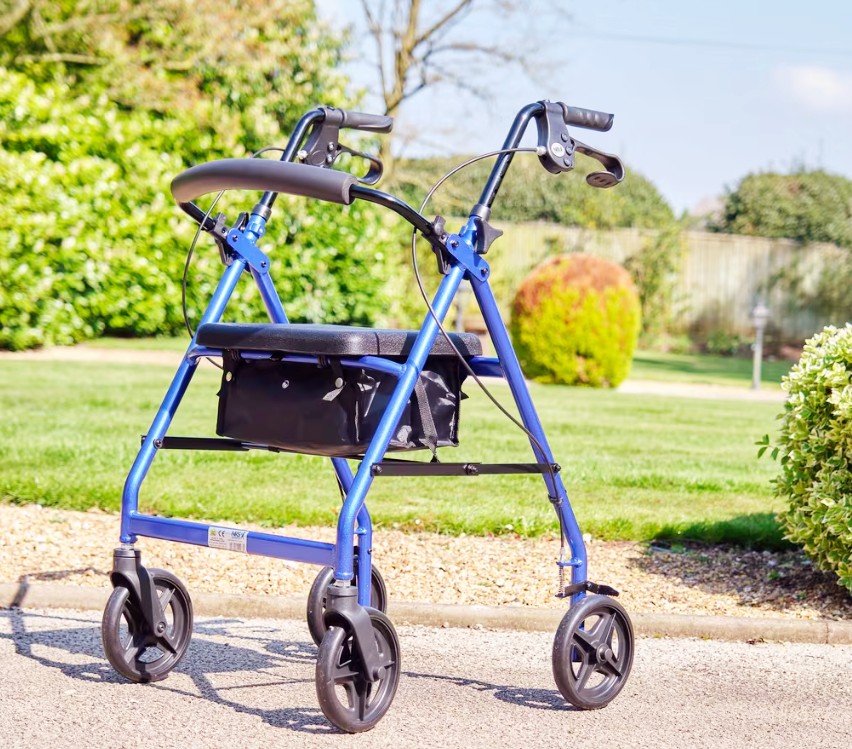
A specialized mobility aid for seniors, it comes with hand brakes and a four-wheel design. Seniors can move around their garden more freely, and explore their outdoor spaces. A garden rollators lightweight design allows them to navigate through garden paths and tight spaces with ease. Equipped with a built-in seat, they can rest after gardening or walking, allowing them to enjoy their surroundings. A lady I used to look after had a garden rollator which was equipped with baskets for carrying tools, plants and personal items. She would take a book, and a piece of fruit to enjoy after the work in the garden. She loved having that dedicated space for tools and supplies, helping her stay organized while she would work in the garden. Sometimes, she would work independently. On other days where she needed a bit of help, we would work together. She had a shy cat, who used to hide in the bushes from me. But with time, the cat would join us on our gardening adventures too! Sadly, she has passed now, but I remember her fondly.
What Are The Best Mobility Aids For Seniors At Home?
*Disclaimer
Please note this is a collaborative post but all thoughts are my own and are not affected by monetary compensation. I would love to know whether you have experience of caring for the elderly, and what were the best mobility aids you used?
Leave a Reply